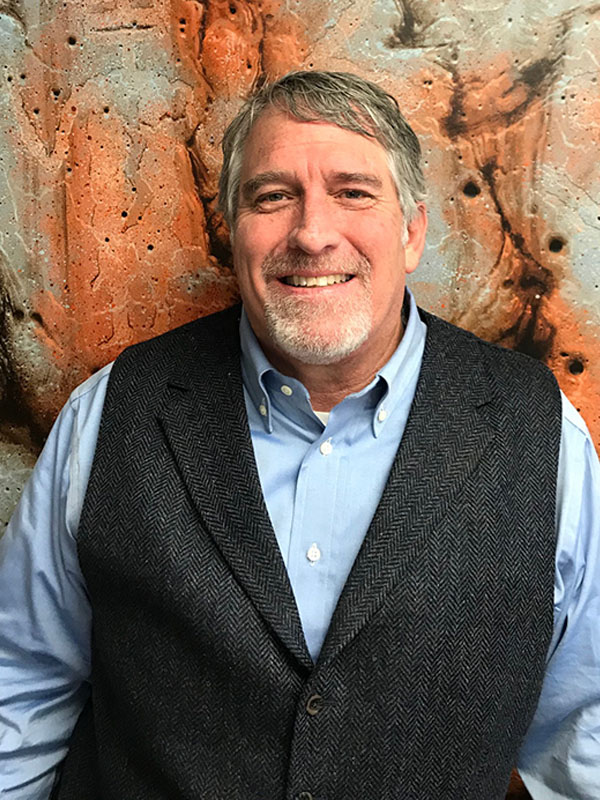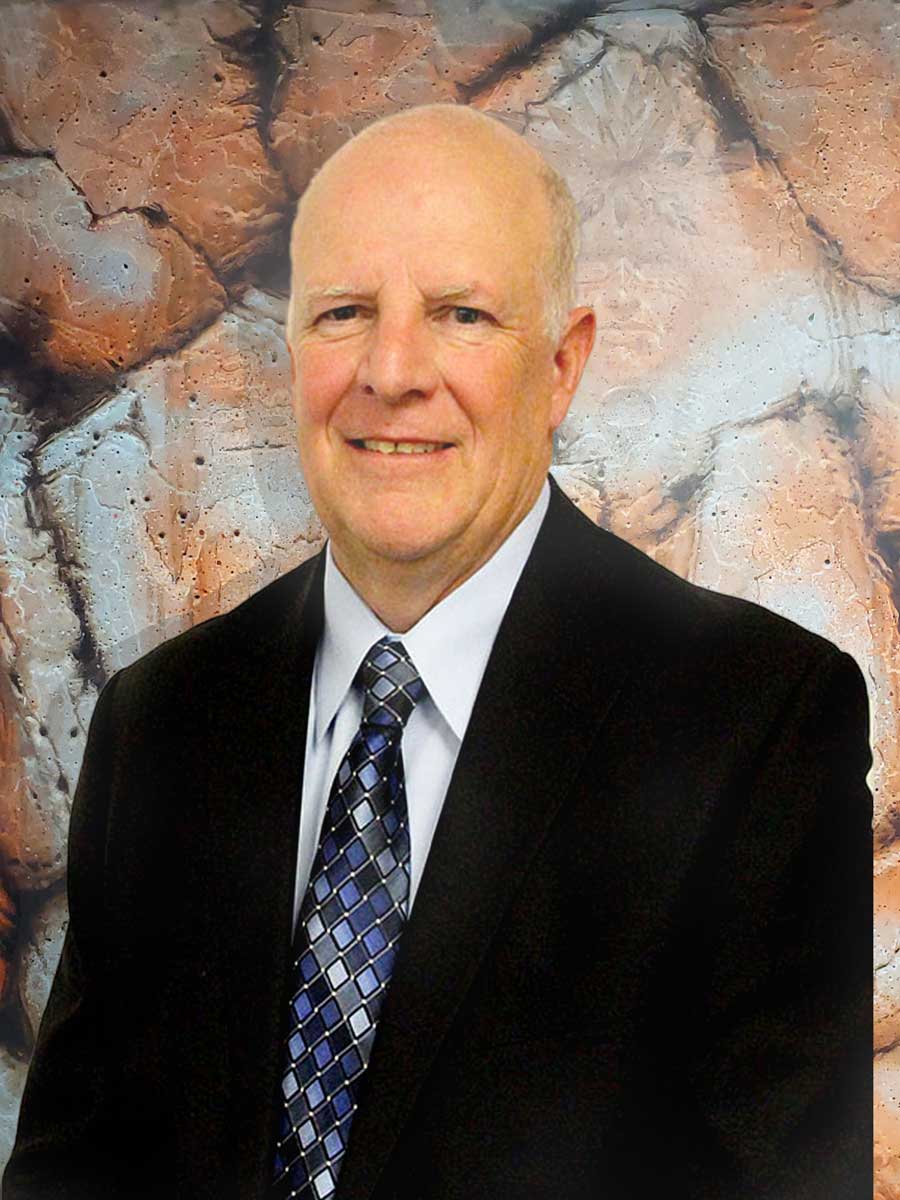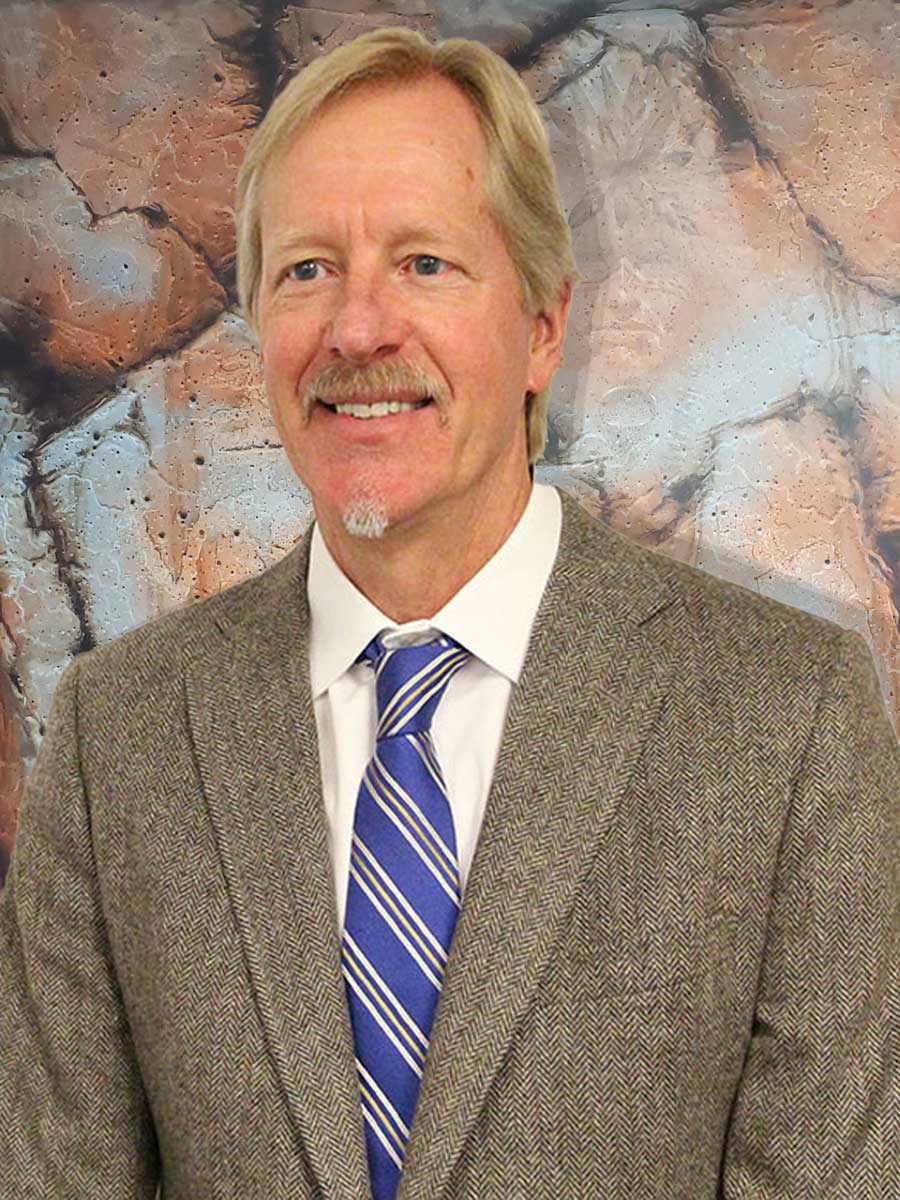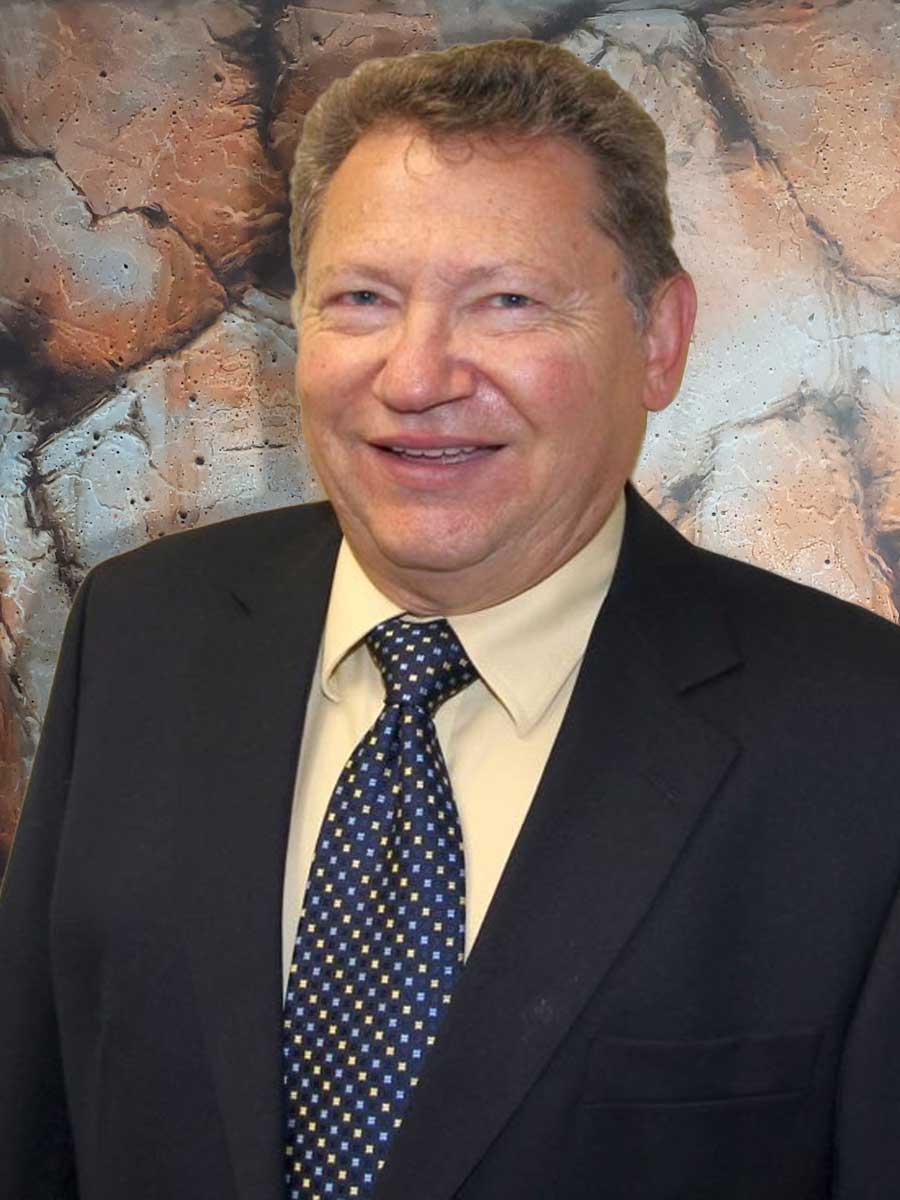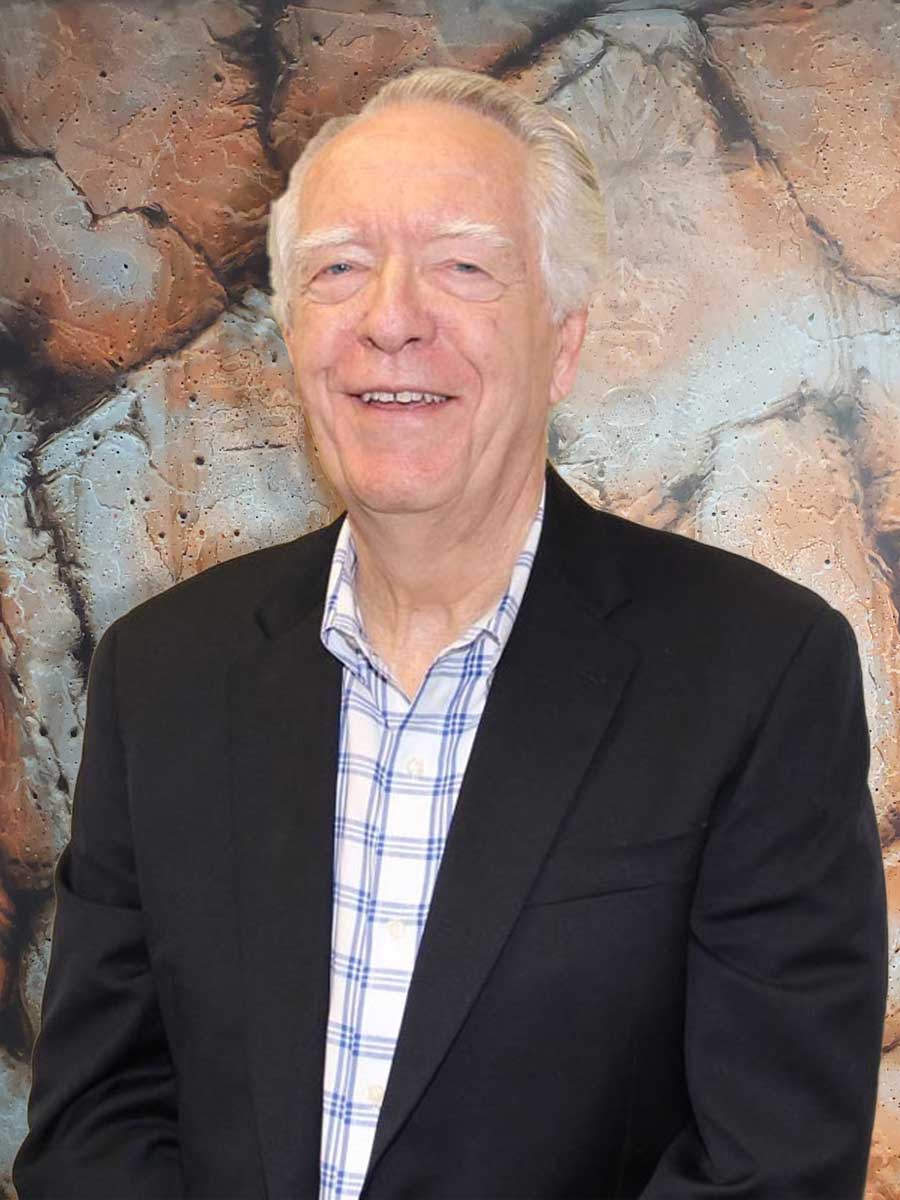
The above graph is used as a courtesy of a recent SPE/JPT article titled “Reuse of Produced Water Grows in the Oil and Gas Industry.”
The need for a log scale Y-axis shows the dominance of North America in terms of the volume of produced water generated from onshore oil and gas operations in 2017. It appears that over 70 million barrels of mineral-rich brine are gathered and handled EACH DAY in North America at a significant cost to the operator. That volume of produced oilfield brine, assuming it contains 10% by weight calcium and/or magnesium as chlorides in solution, can be mineralized, using carbon, to permanently sequester over 150 million metric tons of CO₂ per year into a useful, environmentally friendly carbonate aggregate product. The amount of aggregate created from reuse of 70 MMBPD of waste brines and 10 BCFPD of atmospheric CO₂ would provide enough precipitated carbonate material to use as road base for about 10,000 miles of four-lane highway construction per year!
The US and Canada, as recognized leaders in the Onshore Petroleum Industry, should set an example for the rest of the world in the “Reuse, Recycle, Repurpose” approach to minerals extraction processes. Extractive industries are comprised of multinational corporations that are generally regarded as some of the most profitable in the world; therefore a strong ESG culture is rightfully mandated by investors as well as employees.
Recently, BP has announced that it was teaming up with Cemex in a joint effort to develop decarbonization solutions for global cement production and transportation processes. The cement industry, from a full life-cycle analysis, is one of the most carbon-intensive industries on our planet.
Kudos to BP and the twelve other Oil and Gas Climate Initiative (OGCI) member companies for their recent “Net-Zero Goal” corporate announcements, which are sure to placate nervous institutional investors. Taking a closer look however, it seems many in this group of thirteen OGCI members continue to use decades-old EOR projects as their “contribution to CCUS technology innovation.” Why not look at CO₂ emissions as a feedstock for carbon-negative products, just as BP and Cemex are currently investigating along with other innovators like US Strategic Minerals Exploration, LLC?
Storing CO₂ in underground reservoirs sounds unique and trendy. However, it also smacks of self-servitude when one looks at the Earth Day announcement by ExxonMobil that essentially says, “We can store 50 million metric tons of CO₂ underground near Houston, but the US Government needs to pay for it to the tune of $100 Billion or more.” What about the global warming effects caused by CO₂ that don’t come from Houston’s petrochemical industry? Where else can we hide 50 million metric tons of CO₂ without the need to build a huge gathering system from scratch? The bottom line is this – “Reuse, Recycle, Repurpose” everything we humans consume or extract from the earth. Mother Nature will figure out the rest, just like she did after the last three periods of global greening (or “warming” to the alarmists).
In 2018, several oil and gas industry veterans formed US Strategic Minerals Exploration, LLC. Our objective is to find, process, and extract minerals from subsurface-sourced brines; and more importantly, to commercialize the capture of CO2 using these abundant and valuable LiquidOreTM brines. We are continuing to develop and soon will field-test this CCUS technology; to prove the process is scalable and commercial for use in CO2-heavy industries like upstream oil and gas, cement, fossil fuel power, and ethanol.
Our third patent (pending) describes the capture of industrial sources of CO2 in a reaction process that provides a new “green” aggregate product used in the road construction and landscape materials industries. US Strategic’s novel CCUS technology is further explained by the blogs and conference replay links located on our website at www.us-strategic.com/
For more information or to discuss how you can assist in the development of commercially viable and impactful carbon sequestration technologies, contact us today.




